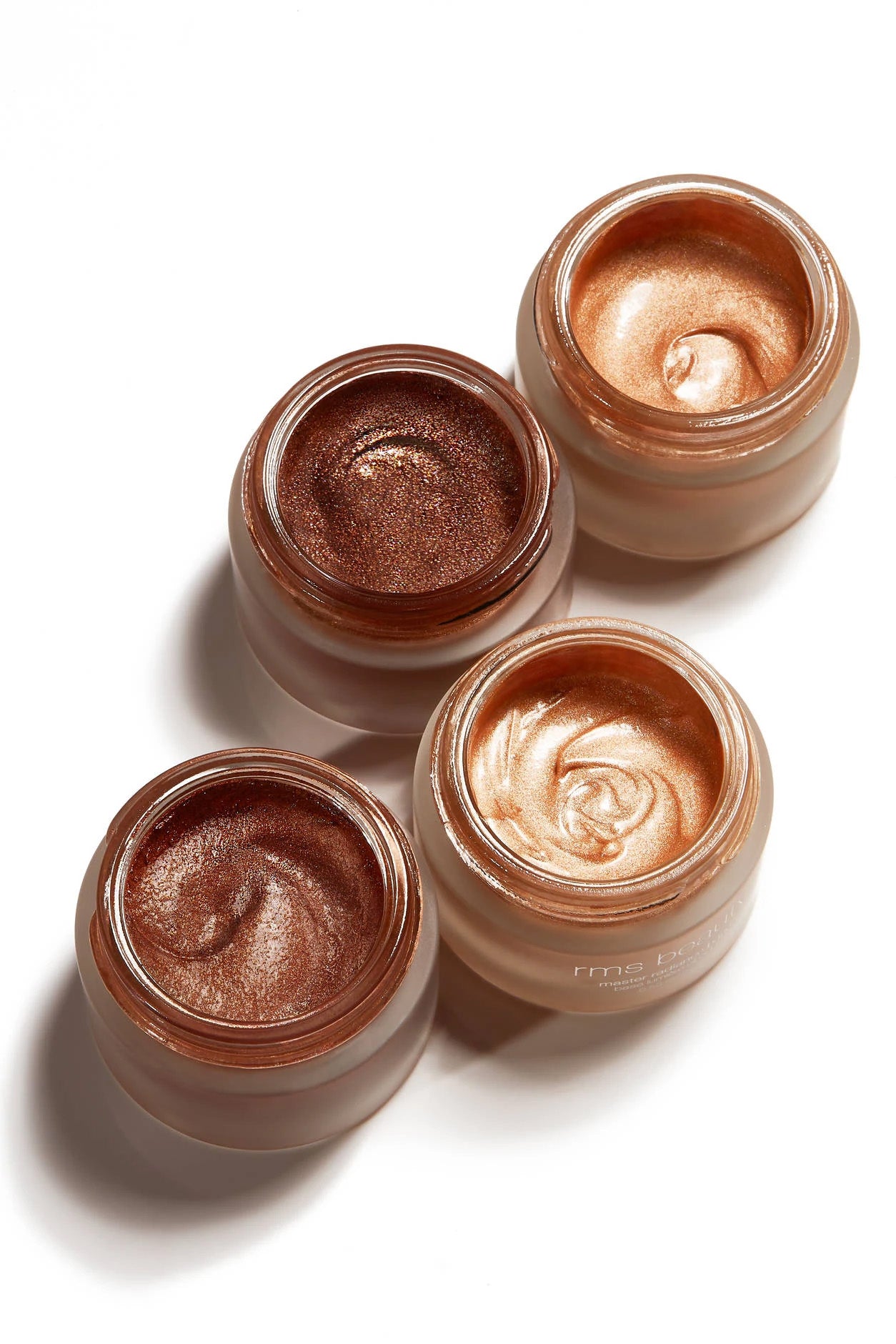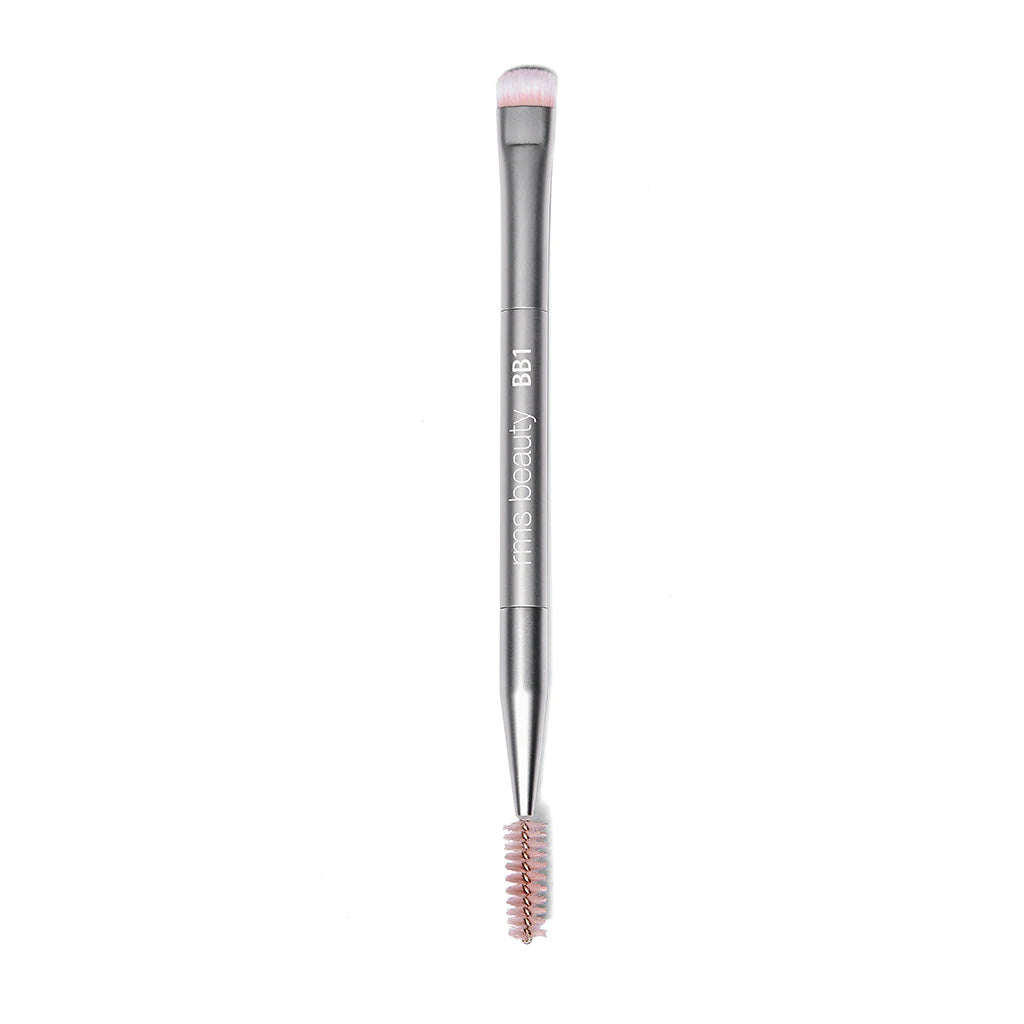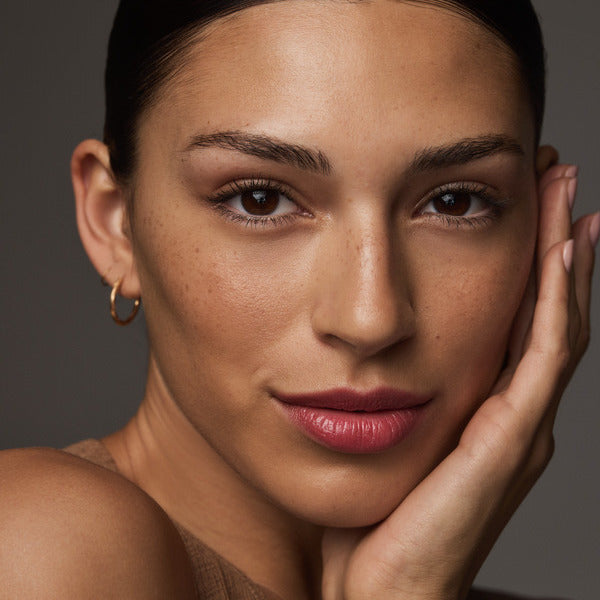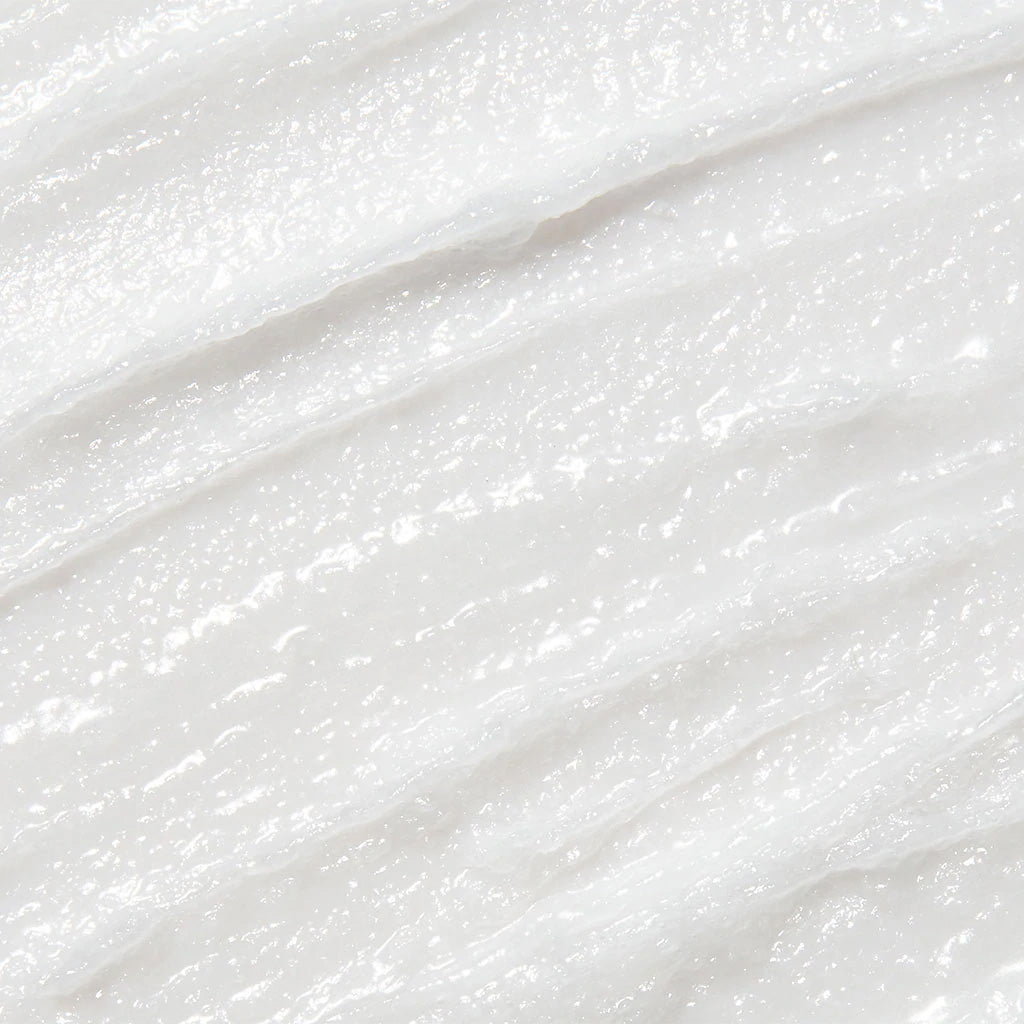Olive Skin: The Right Looks For Your Tone

Finding the perfect shades of foundation and most complementary eye and lip colors relies heavily on knowing your skin tone. If you’ve had trouble determining whether or not you’re a “warm” or a “cool,” you might have a more neutral skin tone.
Olive skin tones are neutral tones that can occur in any color of skin, not just medium to darker colors like tans or toffees. You can learn whether or not you have olive skin easily. The RMS Beauty team will teach you how, and also give you some shade ideas to create a flawless face.
First, Find Your Undertones
Finding your undertones is as easy as 1, 2, 3. Following these three steps can help you determine your undertone and whether your undertone is warm or cool.
To get started, grab a white shirt, a mirror, and head toward the nearest natural source of light (like a window).
1. Look at Your Veins
Flip over your wrist and take a peek at the veins just below the surface of your skin. Cool undertones will see blue or pink colored veins. Warm undertones, as well as neutral tones, will see greenish veins, or have trouble seeing a distinct color (i.e. the color of the veins blend with the skin).
2. Wear White
How your skin looks in neutral-colored clothing can help you determine your skin tone. Bright, crisp white perfectly complements cool skin tones, whereas off-white and ecru favor warm skin tones. If your skin looks great in both, you likely have a neutral skin tone.
3. Silver vs. Gold Jewelry
Drawn to silver jewelry? You likely have cool undertones. Love gold? You probably have undertones that are warm. If your skin perfectly complements both silver and gold jewelry (and looks great with earthy elements like wood and different metals like copper) you have neutral undertones.
How Do I Know If I Have Olive Skin?
Not all neutral skin undertones mean you have olive skin. To determine your actual skin tone, you need to look at your skin’s overall appearance. You probably have olive skin if any of the following are true.
- Your skin has a green or grayish tint
- You have a problem finding the right foundation; most shades make you look too orange or too washed out
- It is hard for you to find a true red lipstick
Can You Have Pale Olive Skin?
Yes! Olive skin doesn’t have to be tan skin. Although olive skin tones are most often associated with skin types III, IV, and V on the Fitzpatrick scale (which measures the amount of
melanin in your skin) olive skin can also be less pigmented.
Pale skin with neutral undertones can have an olive-like appearance. The shade of skin will be closer to champagne or pale gold than true olive.
What Makeup Shades Are Best For Olive Skin?
Finding makeup shades that suit olive skin can be a challenge. Formulas with too much white can make you look ashen, but shades with too much rich pigmentation can look completely different when applied to your skin. For instance, red lipsticks may look more pink, and tan foundations may look peach or even orange.
To complicate matters even more, not all olive skin tones belong to those of Mediterranean, Latin American, Middle Eastern, or Asian in descent. This neutral skin tone can be found across virtually all nationalities, and with a variety of different hair and eye colors.
Choosing Your Foundation
Olive skin tones can find it especially difficult to get a true foundation match, but it is absolutely possible. Look for foundations that:
- Have neutral undertones. Specifically, you’ll be looking for foundations that have a green undertone as opposed to tan or pink, which can appear orange on olive skin.
- For darker olive skin tones, look for foundations that have a gold or amber base.
- Olive skin can sometimes appear dull or sallow. To counter this look, try using a foundation with a built-in luminizer to diffuse skin imperfections and create a radiant glow that looks natural, not glittery.
You don’t need to apply foundation over your entire face unless you just want that much coverage. Applying to trouble spots or in the T-zone (if you have oily skin) helps reduce shine and create the perfect palette for color cosmetics.
Using a concealer instead of foundation to cover dark spots or correct areas of discoloration can help you keep a more natural look. RMS Beauty’s “Un” Cover-Up Concealer won’t settle in your pores and has a buildable finish that always looks natural.
Blush Shades To Look For
Olive skin tones may need to shy away from peachy foundations, but peach-based blushes look positively radiant on them.
Look for colors like salmon, or pinks with gold undertones. Cream-based blushes are easier to adjust than powdered colors and are virtually fool-proof in achieving a natural, flushed look.
It’s All About the Eyes
One of the best features of olive skin is its ability to play well with bold colors. If you love jewel tones, a sweep of emerald or ruby will be beautiful on your lids. You’ll also get great mileage out of earth tones and shades with gold and amber highlights.
For a natural look, dab a small amount of luminizer in the center of your lid and sweep on a coat of mascara. You can also choose to use a highlighter on your lids or even a bronzer for a sunkissed look.
The Perfect Pout
We don’t like to make rules about lip color. If you love it, wear it. The caveat is finding a color you love with an undertone that matches your skin.
For instance, if you love red and have an olive skin tone, a red with an orange base will look more orange than red on your skin.
Instead, opt for reds with a deeper, plum or raisin base.
Consider Your Hair Color
Olive skin isn’t always dark skin. If you have fair olive skin, consider your hair color to help you find makeup shades that work well for you. Olive skin with light hair will favor different colors than olive skin with dark hair.
The key to making any color work for you, however, is paying attention to the undertones in the product. Most olive skin tones have neutral undertones, so sticking with colors that have those undertones should result in good matches.
The Bottom Line
Olive skin is beautiful, but it can be tricky to match foundation and makeup colors. The key to finding the right color cosmetics for any skin tone is paying attention to your undertones and selecting shades with similar tones.
At RMS Beauty, our color palettes are inspired by the natural beauty in all complexions. Cool undertones, warm undertones, and olive complexions are all able to wear virtually any shade as long as the undertones in those shades compliment the undertones in the skin.
As always, beauty starts with healthy, radiant skin. Our products are formulated with the cleanest and most nourishing ingredients available.
With RMS Beauty, you can have olive skin that radiates luminosity and health, one cleaner, more beneficial ingredient at a time.
Sources:
Skin phototype (Fitzpatrick skin type) | DermNet NZ




